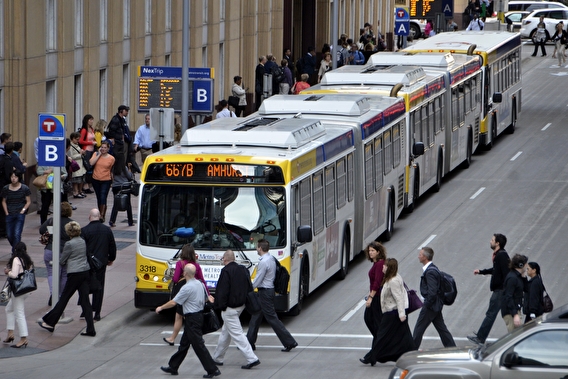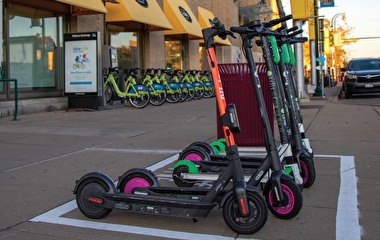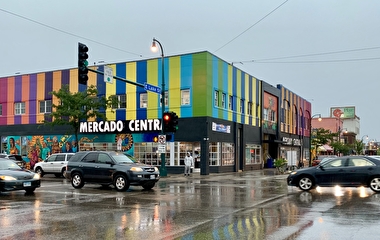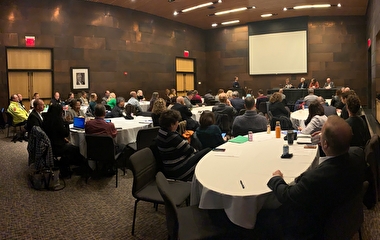
Mobility-on-demand services such as Uber and Lyft have created both opportunities and challenges for the transportation network. They provide seamless mobility with a few taps on a cell phone, yet they have also increased congestion in densely populated areas—which may only become worse with the introduction of autonomous vehicles as a shared mobility service.
A study by U of M researchers aims to take advantage of the opportunity while mitigating the challenges. The team created a model of an integrated multimodal transportation system in which mobility-on-demand service serves the first and last mile of transit trips.
“Previous research has shown that the integration of the mobility-on-demand system with the transit system could help achieve better results, such as a significant reduction in travel time, emissions, and costs,” says Alireza Khani, an associate professor with the Department of Civil, Environmental, and Geo- Engineering (CEGE). “To harness these benefits, we have formulated a new mathematical model for designing an integrated mobility-on-demand and urban transit system.”
Researchers began by creating a passenger assignment model to predict the travel behavior of passengers in a multimodal network. Next, they formulated an optimization model to determine which transit routes to operate, the frequency of those transit routes, the fleet size of vehicles required in each zone to serve the demand, and the passenger flow on both road and transit networks. After designing their model, the research team tested it using data from the Sioux Falls multimodal network.
“Our results show a significant improvement in the city center’s congestion level with the introduction and optimization of an integrated transportation system,” says Pramesh Kumar, a CEGE PhD candidate advised by Khani. “Our design puts more vehicles in the network’s outskirt zones to serve first- and last-mile transit and adds more frequency to the transit routes in the city center, which significantly improves the share of transit passengers and their level of service.”
To help transportation practitioners adapt this model to their own transit systems, researchers developed insights for implementation. The steps outlined include dividing a region into zones, collecting the peak-hour demand data, and solving the proposed design model for varying fleet sizes.
“By following this procedure, transportation practitioners will have help deciding the optimal fleet size of buses and vehicles and the optimal allocation of vehicles and buses for different zones and routes,” Khani says.
The benefits? Better service in high-population-density areas (like city centers) thanks to more transit service, and better service in low-population-density areas because of the quick demand responsiveness by mobility-on-demand services. The overall share of transit trips would increase. And, Khani says, transit passengers would gain better service, access, and mobility—supporting socioeconomic advancement.
This research was conducted at the University of Minnesota Transit Lab. Current lab sponsors include, but are not limited to, the National Science Foundation; Freight Mobility Research Institute, USDOT; MnDOT; Metropolitan Council; and Hennepin County.
The paper by Kumar and Khani—Planning of Integrated Mobility-on-Demand and Urban Transit Networks—is published in Transportation Research Part A 166, 2022 (Elsevier).
Writer: Megan Tsai


